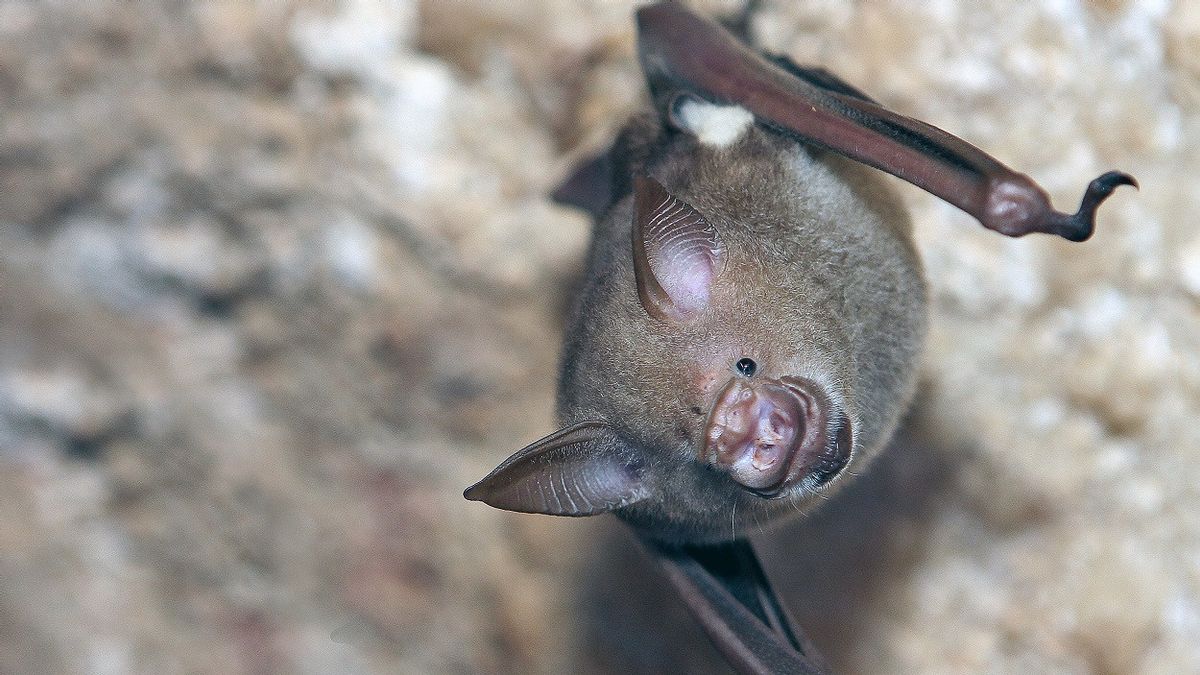JAKARTA - Chinese researchers announced the discovery of a number of new coronaviruses in bats, including one that is genetically closest to the cause of COVID-19.
According to the researchers, their discovery in a small area in southwest China's Yunnan Province shows how much of the coronavirus is present in bats and how much has the potential to spread to humans.
Weifeng Shi of Shandong University and colleagues collected samples from small forest-dwelling bats between May 2019 and November 2020. They tested urine and feces and took swabs from the bats' mouths.
"In total, we collected 24 novel coronavirus genomes from different bat species, including four SARS-CoV-2-like coronaviruses," the researchers wrote in a report published in the journal Cell.

One of them is very similar, genetically to the SARS-CoV-2 virus causing the current pandemic, named sample RpYN06, which the researchers say was taken from a species of horseshoe bat called Rhinolophus pusillus.
"This would be the closest strain to SARS-CoV-2, except for genetic differences in the spike protein, the button-like structure that the virus uses when attaching to cells," they said.
“Together with the SARS-CoV-2-associated virus collected from Thailand in June 2020, these results clearly demonstrate that a virus closely related to SARS-CoV-2 continues to circulate in bat populations, and in some regions may occur at relatively high frequency. , said the research team.
Researchers are trying to find out where SARS-CoV-2 came from. Although bats are a possible source, it is possible that the virus infects intermediate animals. The SARS virus that caused the outbreak in 2002-2004 was traced to an animal called the civet cat.
The researchers further revealed that bats are known as reservoir hosts for various viruses that cause severe disease in humans, associated with the abundance of Hendra virus, Marburg virus, Ebola virus and, in particular, coronavirus.

"In addition to bats and humans, the coronavirus can infect a wide variety of domestic and wild animals, including pigs, cattle, mice, cats, dogs, chickens, deer and porcupines," they wrote.
Most of the samples came from the horseshoe bat species. In 2017, researchers sampling a cave in Yunnan found a virus very genetically similar to the SARS virus in horseshoe bats. Three of the samples described in Thursday's report are also genetically close to SARS.
"Our study highlights the extraordinary diversity of bat coronaviruses at a local scale, including close relatives of SARS-CoV-2 and SARS-CoV," they wrote.
To note, the bat species they sampled are commonly found in Southeast Asia, including southwest China, Vietnam, Laos, and elsewhere.
While there is some controversy about the origins of the coronavirus pandemic, the World Health Organization report says the most likely source is an animal, possibly a bat.
People hunt and eat bats, and bats can infect other animals that humans also hunt and eat. Viruses can infect humans when they handle or slaughter animals.
The English, Chinese, Japanese, Arabic, and French versions are automatically generated by the AI. So there may still be inaccuracies in translating, please always see Indonesian as our main language. (system supported by DigitalSiber.id)








